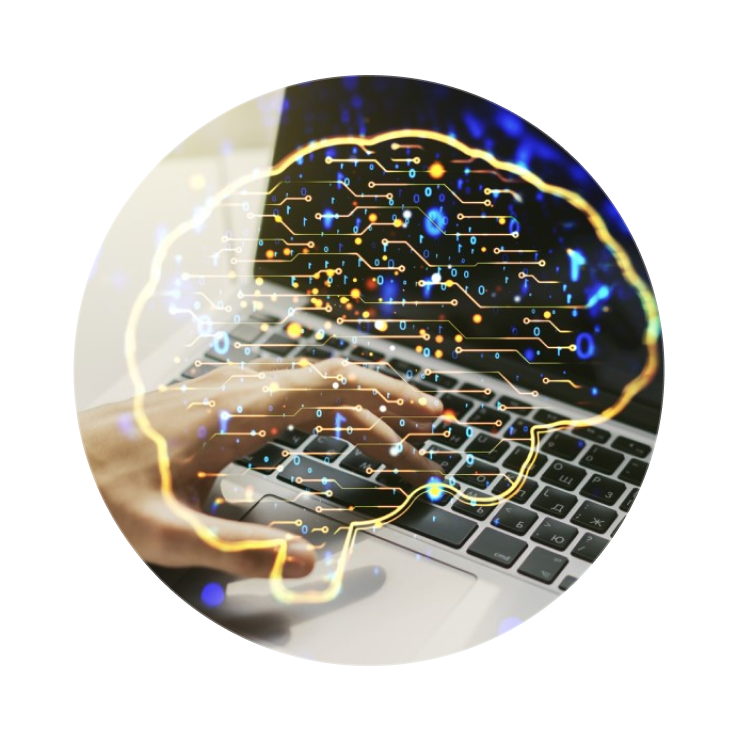Machine learning (ML) is one of the most exciting and impactful fields in technology today. From personalized recommendations on Netflix to self-driving cars and fraud detection systems, machine learning powers countless innovations that shape our daily lives. But if you’re new to the field, you may be wondering: What exactly do I need to know to get started in machine learning?
In this blog, we’ll walk through the essential knowledge and skills you need to build a strong foundation in machine learning and start your journey confidently.
1. Understand the Basics of Machine Learning
Before diving into code, it’s important to grasp the core concepts:
-
What is Machine Learning?
It’s a branch of artificial intelligence that allows computers to learn from data and improve over time without being explicitly programmed. -
Types of Machine Learning:
-
Supervised Learning (with labeled data)
-
Unsupervised Learning (with unlabeled data)
-
Reinforcement Learning (learning through trial and error)
-
2. Mathematics and Statistics
Mathematics is the backbone of machine learning. Key areas include:
-
Linear Algebra: Vectors, matrices, eigenvalues—used in data transformations.
-
Probability & Statistics: Understanding distributions, Bayes’ theorem, and hypothesis testing.
-
Calculus: Especially partial derivatives and gradients for optimization in neural networks.
-
Optimization Techniques: Gradient descent and its variants are essential for training models.
You don’t need to be a mathematician, but a working knowledge of these areas helps you understand how algorithms work under the hood.
3. Programming Skills
You’ll need to write code to manipulate data and build models.
-
Python is the most popular language in ML, thanks to libraries like:
-
NumPy and pandas (for data manipulation)
-
scikit-learn (for classic ML algorithms)
-
TensorFlow and PyTorch (for deep learning)
-
Understanding loops, functions, and object-oriented programming is a must.
4. Data Handling and Preprocessing
Data is the fuel of machine learning. You must know how to:
-
Load and clean data
-
Handle missing values
-
Normalize or scale features
-
Encode categorical variables
-
Split data into training and testing sets
Good preprocessing often makes the difference between a poor and a great model.
5. Machine Learning Algorithms
You should be familiar with common ML algorithms, such as:
-
Linear Regression
-
Logistic Regression
-
Decision Trees and Random Forests
-
Support Vector Machines
-
K-Nearest Neighbors
-
Naive Bayes
-
Clustering (e.g., K-Means)
For each algorithm, understand:
-
When to use it
-
How it works
-
Its advantages and limitations
6. Model Evaluation and Metrics
Building a model is only part of the job. You also need to evaluate it.
-
Common metrics: Accuracy, Precision, Recall, F1 Score, ROC-AUC
-
Understand concepts like:
-
Overfitting and underfitting
-
Cross-validation
-
Confusion matrix
-
This helps you choose and fine-tune models more effectively.
7. Deep Learning (Advanced)
Once you’re comfortable with basic ML, you can explore deep learning:
-
Neural Networks: The building blocks of deep learning
-
CNNs (Convolutional Neural Networks) for image tasks
-
RNNs (Recurrent Neural Networks) for sequence data like text
-
Transformers and attention mechanisms for advanced NLP tasks
Frameworks like TensorFlow and PyTorch are essential for this stage.
8. Projects and Real-World Applications
Learning theory is important, but building real projects is where you grow.
Ideas to start:
-
Predict house prices
-
Build a movie recommendation system
-
Sentiment analysis on social media data
-
Image classification using deep learning
These projects help you practice and build a portfolio.
9. Soft Skills and Domain Knowledge
To succeed in ML, you also need:
-
Critical Thinking: Interpreting results and asking the right questions
-
Communication Skills: Explaining your findings to non-technical stakeholders
-
Domain Knowledge: Understanding the context behind the data (finance, healthcare, etc.)
10. Keep Learning and Stay Updated
Machine learning is a fast-evolving field. Keep learning through:
-
Online courses (Coursera, Udacity, edX)
-
Reading research papers
-
Following ML blogs and GitHub repositories
-
Participating in competitions (e.g., Kaggle)

